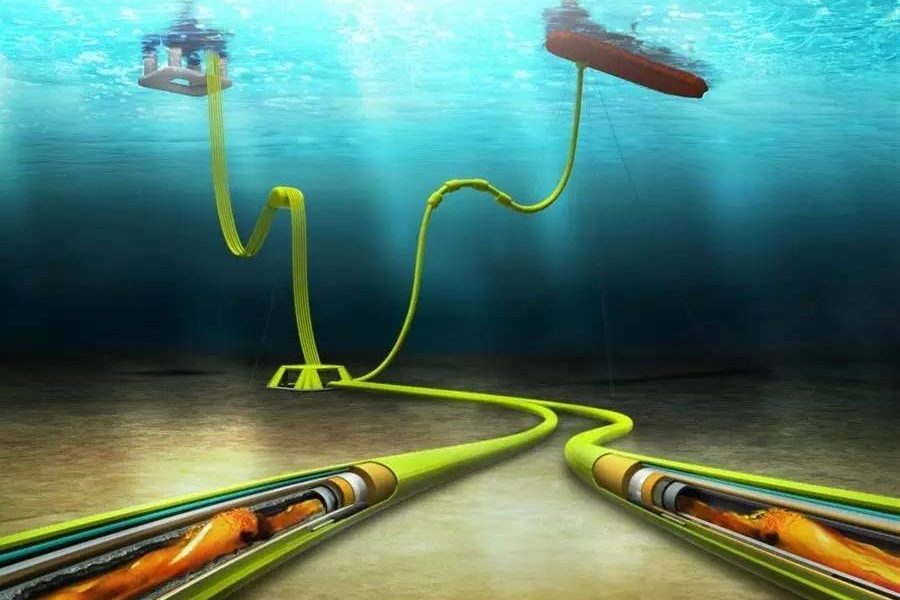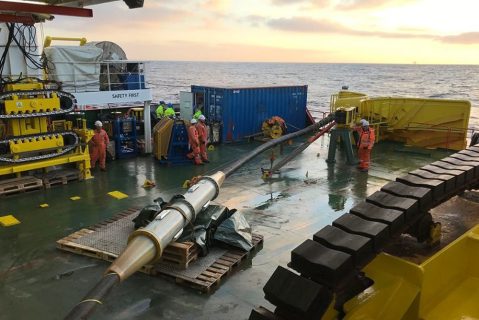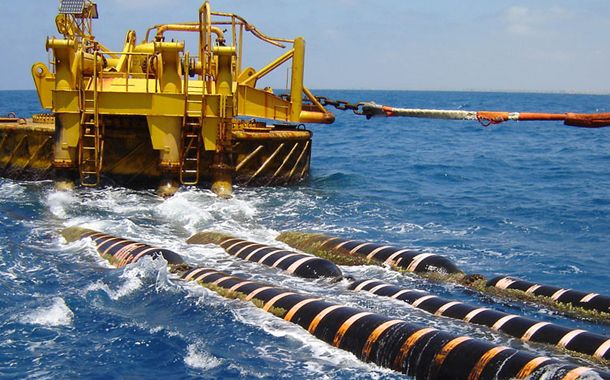Recent updates reveal that repairs have commenced on the undersea cables providing internet to East Africa as pressure mounts. The cable disruption caused major internet outages across Kenya and other East African countries over the weekend. The Technology Service Providers Association of Kenya (TESPOK) has noted that a ship is currently making its way to the damaged site from the port of Cape Town. The association also urged East African countries to beef up their technological infrastructure as it targets a digital economy.
Restoration of normal internet speeds is expected to take time, as experts say that the repairs will take up to a month. The cut of fiber cables is near the waters of Mtunzini, a small coastal town in South Africa. Fiona Asonga, managing director and CEO at TESPOK, noted that this is not the first time that this incident has occurred. She said that the disruption has happened several times since the beginning of the year, with some being quite dire.
The State of Affairs Regarding the East Africa Undersea Cables Repair
TESPOK’s managing director, Fiona Asonga, says that the disruption of the undersea cables providing internet to East Africa is detrimental. She suggests that countries are experiencing slow internet connections as these services are not hosted locally. The internet is an integral aspect for many East African countries as it plays a crucial role in bridging the digital divide. Furthermore, it ensures that countries are able to run their enterprises seamlessly, an aspect that is currently hindered. 
The internet’s connection relies heavily on submarine cables, which facilitate the connection of two or more landing points. The damage to the undersea cables in Mtunzini has disrupted the transmission ability of the fiber optic cables, hence the slow speeds. The CEO noted that the affected East African countries aim to expedite the restoration of normalcy as soon as possible.
The Scope of Works Needed to Ensure Restoration of Normal Internet Speeds
“There is a whole process of assessment, which will take a couple of days,” says TESPOK’s CEO Fiona Asonga.”This is because the divers have to dive deep to a certain level and assess the scope of damage.” The assessment process is done to determine how much time is needed to repair the undersea cables that provide internet to East Africa. Furthermore, it provides an introspective approach to the fastest way of completing repairs and how much resources are needed. Furthermore, a report needs to be generated and shared with relevant stakeholders and owners of the infrastructure. TESPOK says that the repairs should take three weeks to a month to be fixed at the landing point. Service providers are embracing alternative options to ensure they remain afloat amid this crisis. 
The Impact of the Slow Internet Speeds Across East Africa
Business operators and other entrepreneurial ventures across the region are feeling the impact that the damage of the undersea cables providing internet to East Africa has done. The cable cut has facilitated slow customer communications and slow response time, which is causing losses in some instances. “Different cuts have had an impact, that has now been a recurring issue, forcing a lot of businesses to kick in their business processes,” said Fiona. Responsible authorities such as TESPOK are hands-on in solving the problem as they urge business operators to exercise patience as repairs commence.
Several companies, including internet service providers such as Safaricom, have issued statements regarding the measures that they have taken to ensure a sense of normalcy. The measures also ensure minimal service interruptions, especially when it comes to internet service providers to their customers. In Kenya, the Communication Authority has directed service providers to take proactive steps to secure alternative routes for their traffic.
Also read:

